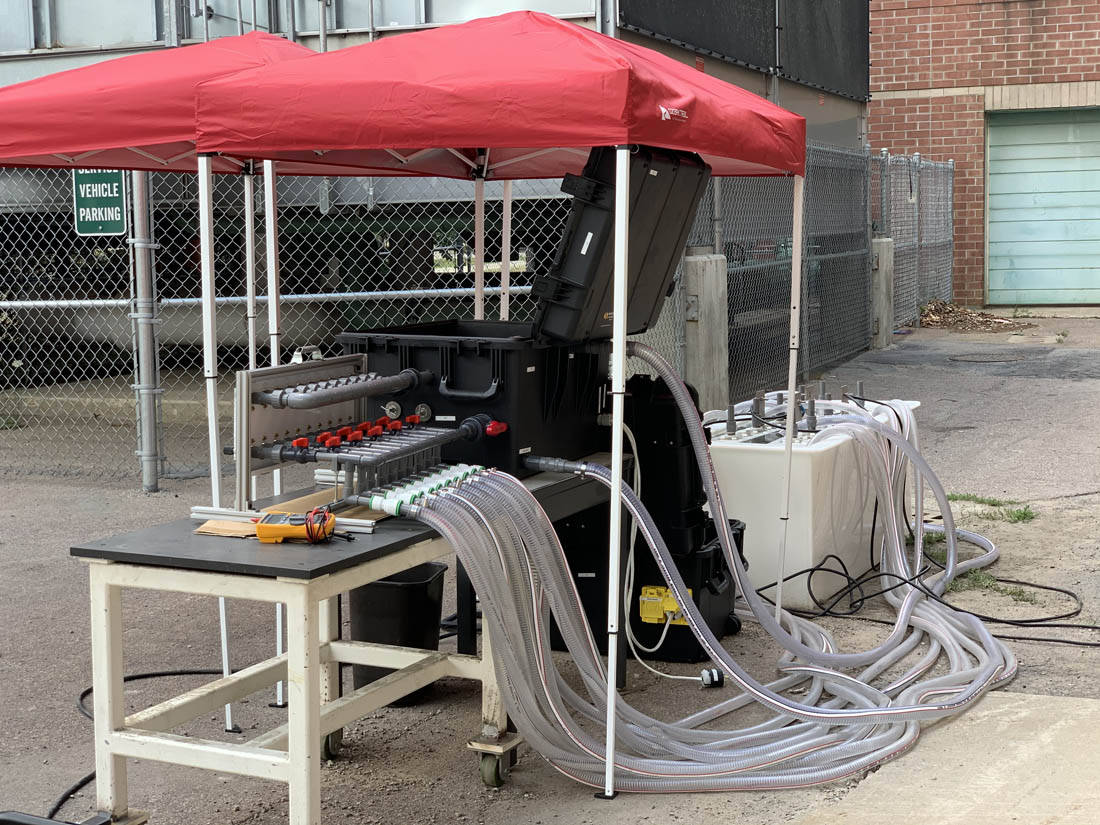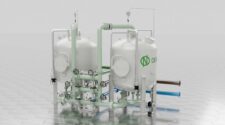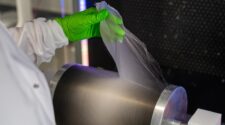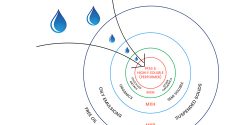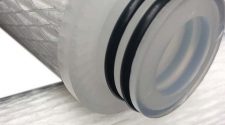Founded in 1896, Clarkson University is a private national research university with its main campus in Potsdam, New York, adjacent to the six-million-acre Adirondack Park. At Clarkson, Shasha Yang’s research mainly focuses on water (e.g., PFAS-contaminated wastewater and landfill leachate) treatment using electrochemical oxidation method.

2nd year of Ph.D. student
Clarkson University
Institute for a Sustainable Environment, Civil and Environmental Engineering Department Energy & Environmental Catalysis Lab
Professor/Advisor: Yang Yang, Ph.D.
Shasha’s current project focuses on the mitigation of harmful algal blooms (HABs) in lake water by combining electrochemical oxidation with filtration. Algae and cyanotoxins can be destroyed and decomposed when passing through the metal oxide anode with porous structure where strong oxidants such as hydroxyl radical and free chlorine generate.
Shasha is encouraged by the idea that technologies developed in a lab environment could be scaled up and applied in real wastewater treatment processes, so she chose to continue studying Environmental Engineering at Clarkson, utilizing the institution’s world-class laboratory facilities.
Research overview
Electrochemical oxidation, an advanced oxidation process, has become a promising technique in wastewater treatment because of its high efficiency, low energy consumption and feasibility of scaled-up design. Based on this, Shasha is focused on adding filtration to this process by developing electrodes with porous structure. By changing the system to flow-through mode, mass transfer between the contaminants and the in-situ generated oxidants can be significantly enhanced.
Electrochemical oxidation, an advanced oxidation process, has become a promising technique in wastewater treatment because of its high efficiency, low energy consumption and feasibility of scaled-up design
This electrochemical oxidation filtration process has been proved in bench-scale to destroy per- and polyfluoroalkyl substances (PFAS), a group of toxic and recalcitrant chemicals, which have been a major environmental concern. And for harmful algal blooms mitigation, the lab-scale tests showed that algae and cyanotoxins were removed in minutes – with the green water turning clear following just a few minutes of treatment.
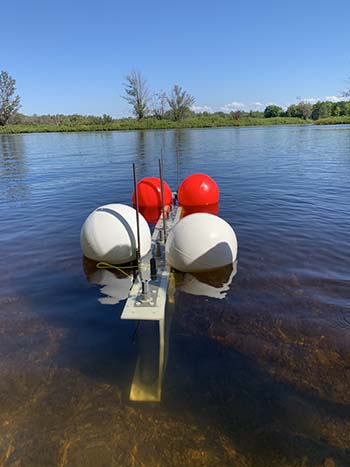
This fast-paced process was achieved under low energy consumption and with low-level of disinfection byproducts generation. Shasha and her research team built three prototypes, with each prototype including control panel, power supply, pump and scaled-up electrodes in a 2.7 m rack. Now the project is moving to the stage of field testing in Lake Neatahwanta (Oswego County, NY), and Shasha is excited to see what she calls the “magic reaction” happening in real lake water.
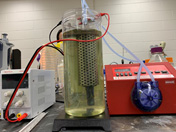
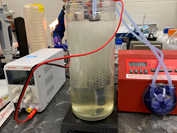
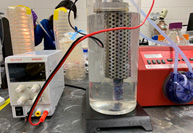
Career goals
For the near term, Shasha’s goal is to continue assisting the team to complete the HABs project and publish a high quality first-author paper based on the data from the lab and field. She is looking forward to and also ready for more challenges and first-time trials during the rest of her Ph.D. years. And she aims to improve her academic writing, communication and presentation skills to better communicate her research with the broader research community.
In her next 5-10 years, either in academia or industry, Shasha hopes to explore more areas in the field of water and wastewater treatment based on her skills gained and work performed during her Ph.D. years.


